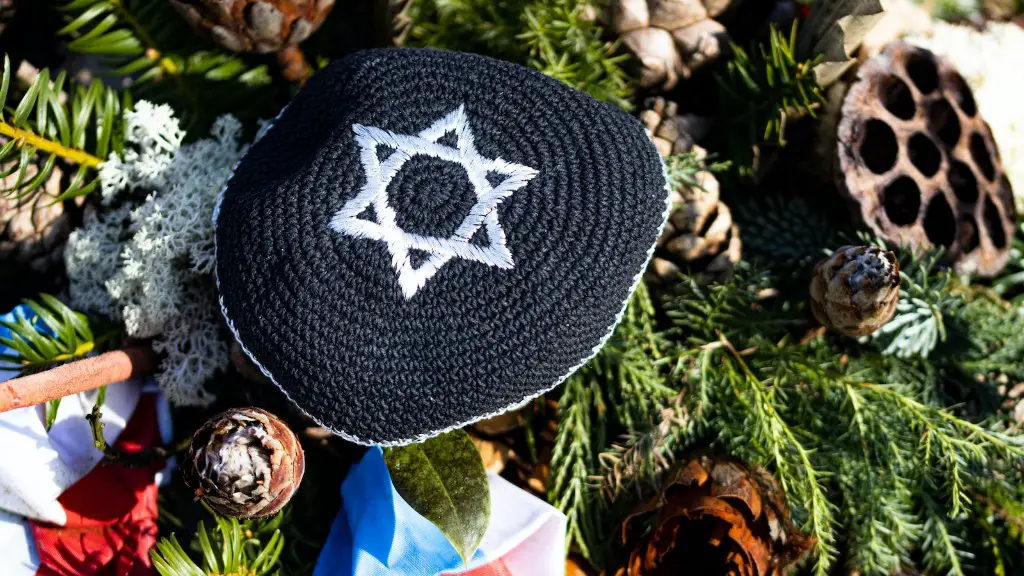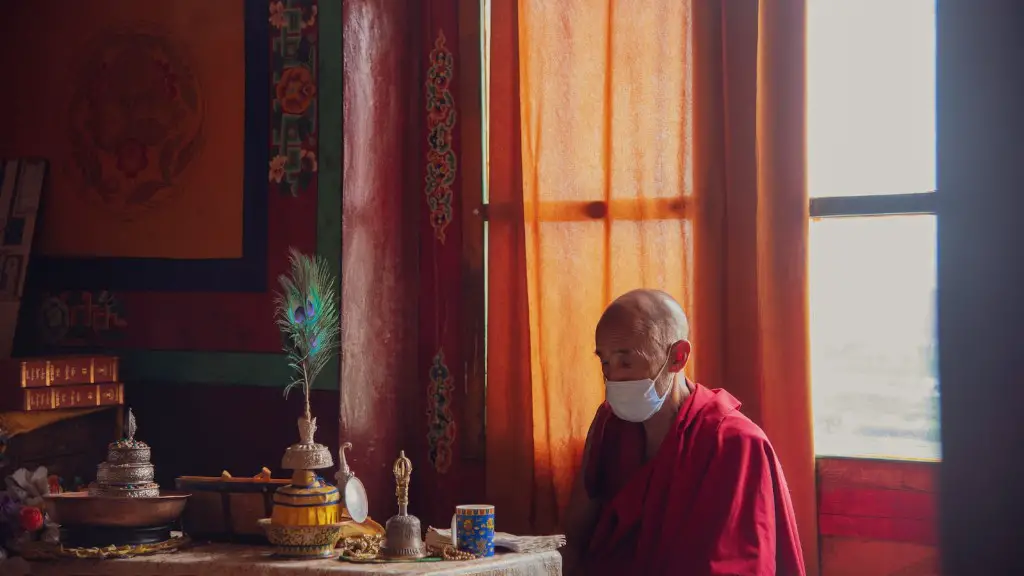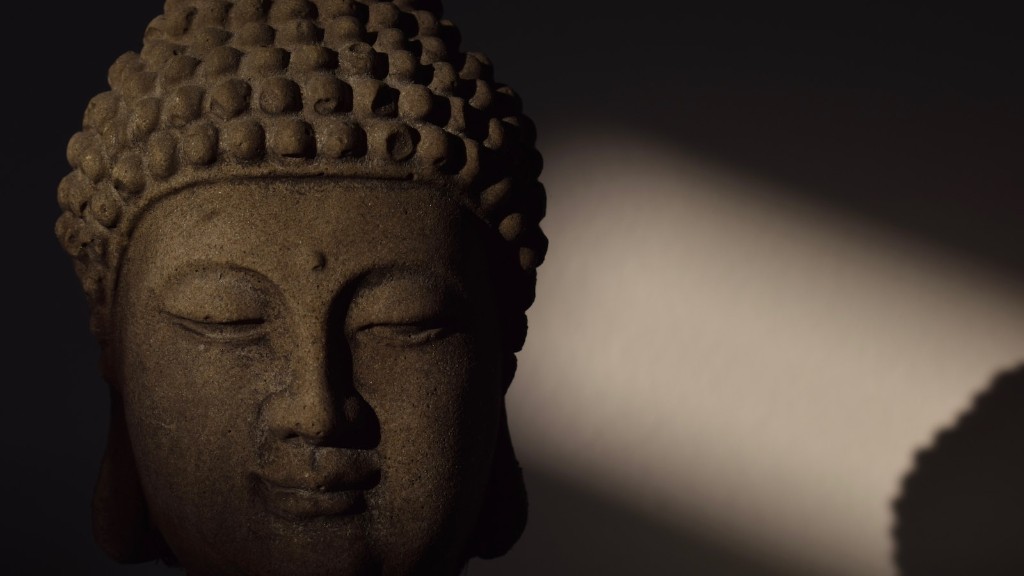Is Halloween Linked To Christianity?
Halloween, the annual festival celebrated on October 31, has a long and varied history. While it is widely known as a secular holiday that is primarily celebrated with costumes, candy, and decorations, it is often believed to be connected to some religious origins. Surprisingly, there are connections between Halloween and Christianity.
Halloween, like many holidays, has an ancient origin and is believed to have been influenced by various pagan holidays such as Samhain of the Celtic civilization and commemorations of the dead from Roman tradition. Christians later adopted elements of these traditions and integrated them into the observance of All Saints’ Day and All Souls’ Day.
One of the links between Halloween and Christianity is the celebration of All Hallows’ Eve. All Hallows’ Eve is the day before All Saints’ Day and is a day to commemorate those who have passed. Every year on October 31, Catholics and other denominations of Christianity hold vigils by attending sermons and prayer services to honor previous saints.
In addition, the traditional costume-clad revelers who take to the streets on Halloween are also paying tribute to Christian tradition in some way. Many Christian denominations believe that during All Hallows’ Eve, friendly spirits will return to the earth, so using costumes to disguise oneself serves as a way to ward off any ill-meaning spirits or demons.
The tradition of carving pumpkins into jack-o’-lanterns is also believed to originate from Christianity. It is said that a man named Stingy Jack, who had tricked the Devil several times, was refused entry into both Heaven and Hell. He was later granted a single ember by the Devil to light his way, and he placed it inside a hollowed-out turnip to serve as a lantern.
The custom has since been adapted to the pumpkin, which originated in America and is thought to have been easier to manipulate into a suitable lantern. Jack-o’-lanterns are then left outside on Halloween in order to protect homes from ill-meaning spirits and demons.
The incorporation of Christian traditions into Halloween remains an excellent example of how cultural and religious beliefs are reconciled to celebrate one holiday. It is this marriage of the two which allows for the continued celebration of Halloween by many denominations of Christianity.
Symbolism of Halloween
As well as being associated with Christianity, Halloween has a wide range of symbols that are believed to be associated with the festival. Many of these symbols have their roots in ancient pagan rituals and beliefs, and hold deeper spiritual meanings for those who observe the festival.
The most recognisable image of Halloween is the pumpkin. The pumpkin is believed to have originated from an ancient Celtic festival called Samhain, where large turnips were hollowed out and candles were placed inside to act as Jack-o’-lanterns to ward off evil spirits. The symbolism of the pumpkin as a representation of the season of harvest, death, and renewal is integral to the festival of Halloween.
The black cat is another significant symbol of the festival. In some ancient societies, it was believed that cats were the guardians of the underworld, and the animal could transport a spirit between the two realms. As such, the cat became a part of Halloween folklore and is popularly believed to bring good luck.
In addition, the bat is commonly associated with the festival. Bats served an important role in various rituals and practices, including being a messenger between the physical and spiritual worlds. Bats were also seen as demonic animals, responsible for spreading disease and misfortune, and have become a part of the Halloween festival.
Halloween is deeply steeped in symbolism, with many of its visual cues and decorations having spiritual meanings that remain important in today’s society. With representations going as far back as ancient Celtic times, it is clear that the festival of Halloween has evolved with humanity over the centuries.
Influence of Popular Culture
Over recent years, the traditional perceptions of Halloween have undergone considerable change with the influence of popular culture. No longer a purely religious celebration, Halloween has become a multi-million dollar industry, fuelled by blockbuster horror films and million dollar marketing campaigns by large companies and brands.
The celebration of Halloween has moved away from its original meaning, becoming less associated with death and more geared towards fun and entertainment. Costumes and decorations now take on a much more fun and light-hearted tone, with cartoon-like characters, superheroes and funny themes becoming a major focus for those who celebrate the holiday.
Furthermore, television and media have also had a large role to play in the widespread popularity of Halloween. Popular TV shows such as the “Halloween” franchise, the “Ghostbusters” movies, and the ever-growing “Friday the 13th” franchise have all helped to introduce Halloween to a younger generation, introducing them to the holiday in a fun and entertaining way.
Companies have also fuelled the popularity of Halloween with marketing campaigns. Retailers such as Pumpkin Patch, Spirit Hallow, and Thelma’s Grill have all capitalised on the festival’s success, offering products related to the holiday.
It is clear that popular culture has had an enormous influence in shaping the way in which Halloween is perceived and celebrated today. While the religious aspects of the holiday are still recognised and celebrated, the fun and entertainment elements have become increasingly popular over recent years.
Modern Practices
In addition to the traditional celebrations of Halloween, modern practices have emerged, moving the festival away from its ancient textual roots. In recent years, an increasing number of people have adopted the holiday as an opportunity to celebrate the current generation of ‘capable’ adults, and throwing “Adult Halloween” parties has become increasingly popular.
These parties typically involve costumes, music, drinking and dancing, and they can be themed around a particular decade or decade’s fashion. Some of the popular themes that have been used in the past include the ‘70s, ‘80s, and ‘90s, each complete with decorations and costumes that represent the era.
Halloween has also become entwined with pop-culture and technology, with many people using the holiday as an opportunity to create elaborate costumes using the latest tech gadgets. For example, it is not uncommon to find people wearing costumes made from LED lights, or even creating their own costumes based on popular films and TV shows.
With the emergence of technology and its widespread acceptance amongst a younger generation, Halloween has become an enjoyable and accessible holiday for all. This has helped to draw audiences of all ages and demographics, creating a strong cultural event with plenty of opportunities for businesses to get involved.
Safety and Risks
Halloween is a time for celebrating and having fun, however, it is important to ensure safety during this holiday. Each year, Halloween-related emergencies occur with increased frequency, in particular children being involved in unsafe activities. For this reason, caution and preventive measures need to be taken to ensure everyone’s safety.
One of the most common causes of injury or death during Halloween is due to traffic accidents. During the festival period, roads and streets become much busier in comparison to other days of the year, so extra precautions need to be taken. Drivers should be particularly aware of pedestrian traffic, especially during peak hours of trick-or-treating, where there is a significantly increased footfall of small children.
Moreover, caution should be taken at home to ensure that decorations are safely set up in order to reduce the risk of fires or electric shocks. Additionally, it is important to ensure that any food items handled or eaten during the celebration are of a safe temperature and within their expiration date.
Overall, it is important to take all of these steps in order to ensure that everyone has a safe and enjoyable Halloween. It is a time where people come together to celebrate in ways that were passed down through generations, and to experience the holiday in the way that it should be enjoyed.
Community Involvement
The community plays an important role in ensuring that Halloween is a memorable and enjoyable event. From the sheer volume of decorations that adorn many homes, to the displays of jack-o’-lanterns, the festival of Halloween has become a communal affair.
Neighbourhoods across the world take part in the festivities, with streets displaying strings of garish decorations, yards filled with witches and ghosts, and porches representing a variety of jack-o’-lanterns. Many homes also run decoration competitions among neighbours, adding an extra element of fun to the holiday.
Families also take part in community-operated activities such as hay rides, costume contests, carving competitions, haunted houses and bonfires. All of these activities are shared experiences that allow people of all backgrounds and ages to come together and enjoy the season.
Festivals and parades, such as the New Orleans Halloween Parade, also take place during the month of October, making it easier for people to access a wide range of entertainment and socialising opportunities. Furthermore, a number of churches organise special services and Bible study sessions, allowing young people to participate in the festivities in an educational setting.
It is clear that the community plays an essential part in both celebrating and preserving the ancient customs and beliefs of Halloween. By coming together to enjoy the festival, people can not only gain an understanding of history and culture, but can also have great fun in the process.


